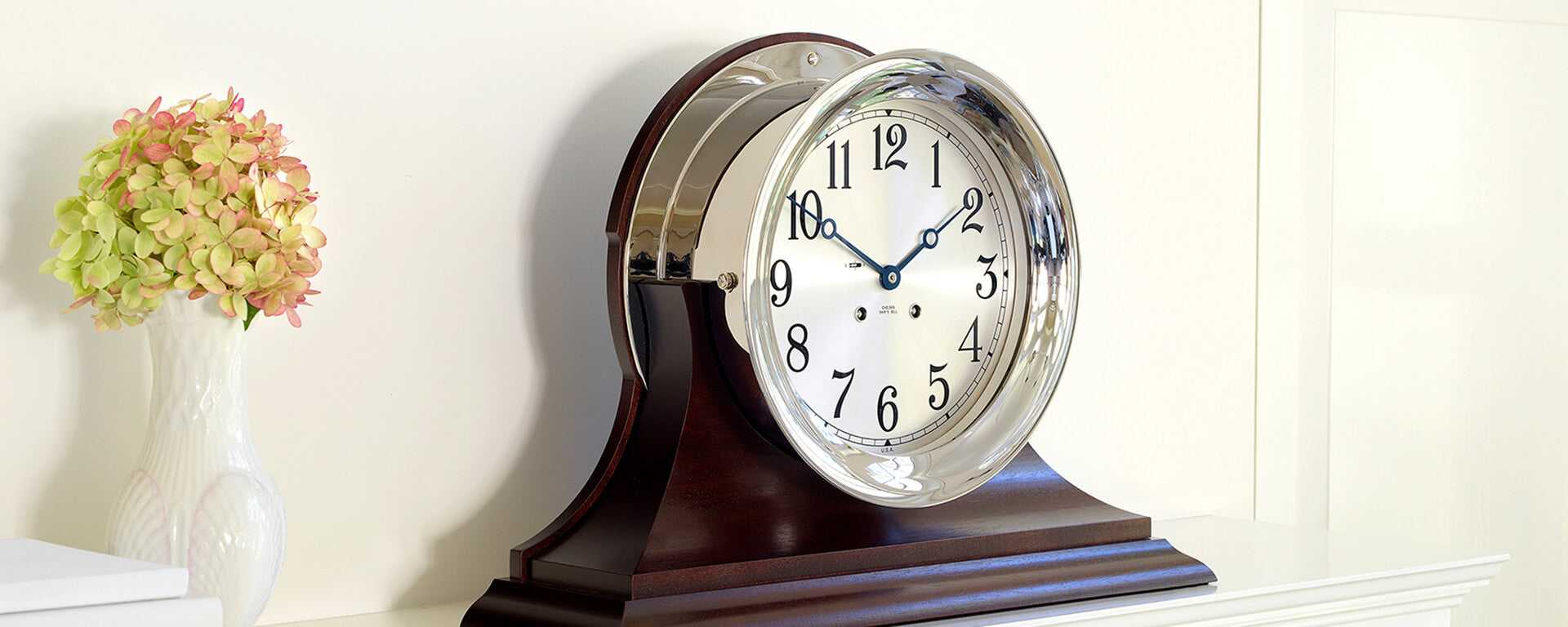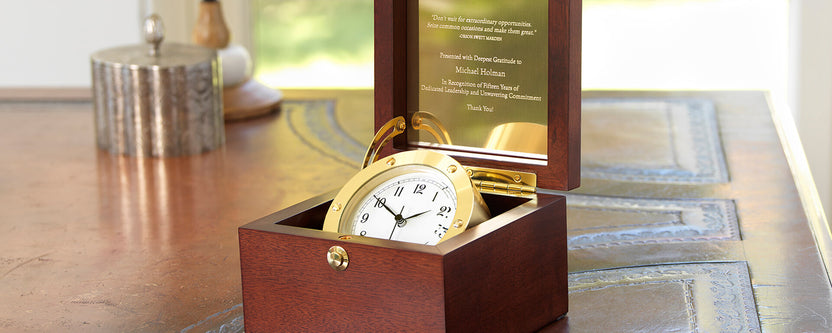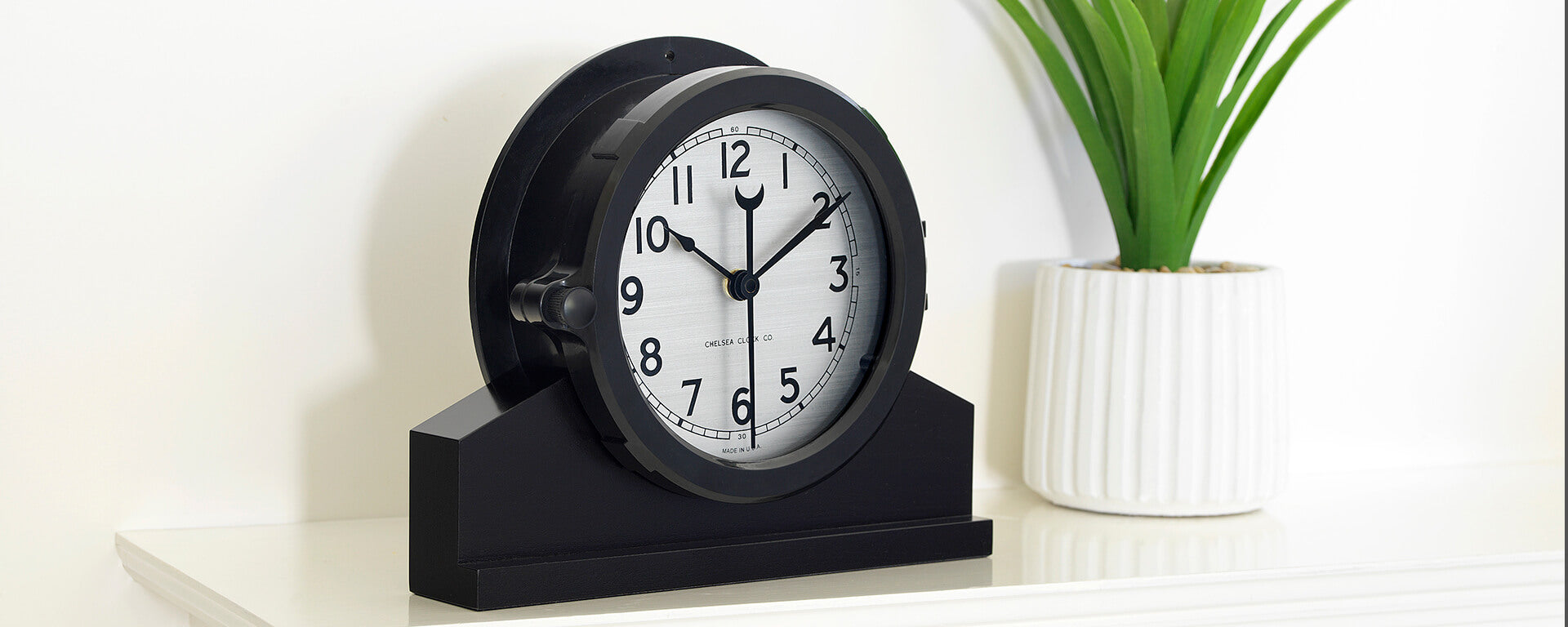How Does a Mechanical Barometer Work?
Since the mid-1600s, barometers have been a useful tool for boaters to measure air pressure in order to predict weather changes out on the sea. Besides being a practical addition to many boats and home offices, they are wonderful decorative pieces as well. Chelsea Clock is known for our timepieces, and we are proud to carry many stately barometers as well as part of our luxury inventory.
But have you ever wondered how a mechanical barometer works? Despite the complexity in their design, the process of measuring air pressure with a barometer is simpler than you might expect. Here's how mechanical barometers work and how they've evolved over time to become the common mechanical barometer in use today.
The Classic Mercury Barometer
The very first barometers invented used water, but it was impractical due to its large size and imprecise measurements. As such, the first popular barometer invented involved mercury, which is the design that has largely been used for over four hundred years (even if mercury is no longer the most popular liquid measurement).
What made mercury barometers work and caused them to become the most popular tool to measure atmospheric changes for hundreds of years? A barometer is actually very similar to a scale. A glass dish, often called the reservoir, is filled with mercury. A tube that is enclosed on one side is inserted into the dish, filling it up with mercury but leaving space for air at the end of the tube. The reservoir is affected by air pressure, which constantly changes.
When air pressure grows heavier, or becomes high-pressure, the mercury is pushed up the tube. When air pressure grows lighter, or becomes low-pressure, the mercury sinks down the tube. By seeing where the mercury level is inside the tube, you can measure the current air pressure and predict the weather. High-pressure generally means sunny weather, while low-pressure usually means inclement conditions like rain, wind, fog, etc.

The Need and Function of the Mechanical Barometer
The one downside to classic mercury barometers is that they are dangerous. Mercury is an expensive metal and difficult to handle because if you breathe too much in, it can harm or even kill you. Mercury also weighs much more than other substances in a liquid form, making those barometers somewhat immobile.
That's why mercury barometers have been largely phased out and replaced by mechanical aneroid barometers. Instead of liquid, which presents a number of different issues, a small flexible metal box is placed inside the barometer. There is just enough space hollowed out inside the metal box that it will move with changes in air pressure. The box is attached to a lever that will move a needle on the face of the barometer.
This is how modern mechanical barometers function. They provide the same accuracy as classic barometers, but are much smaller, more affordable and safer to handle. 
Get a Personalized Mechanical Barometer from Chelsea Clock
Now that you understand barometers better, are you interested in adding one to your office, home, or boat? Weather applications have replaced barometers when it comes to predicting the weather, but barometers are still an elegant and nostalgic way to monitor air pressure while providing a sense of refinement. Elegant barometers are a treasured way to celebrate major life events and business accomplishments, especially if you gift a personalized barometer.
So consider buying a barometer today for a luxury gift your loved one, friend or colleague will be proud to display for years to come. Contact us today if you have any questions about our barometers, and be sure to browse our handcrafted inventory here at Chelsea Clock.








